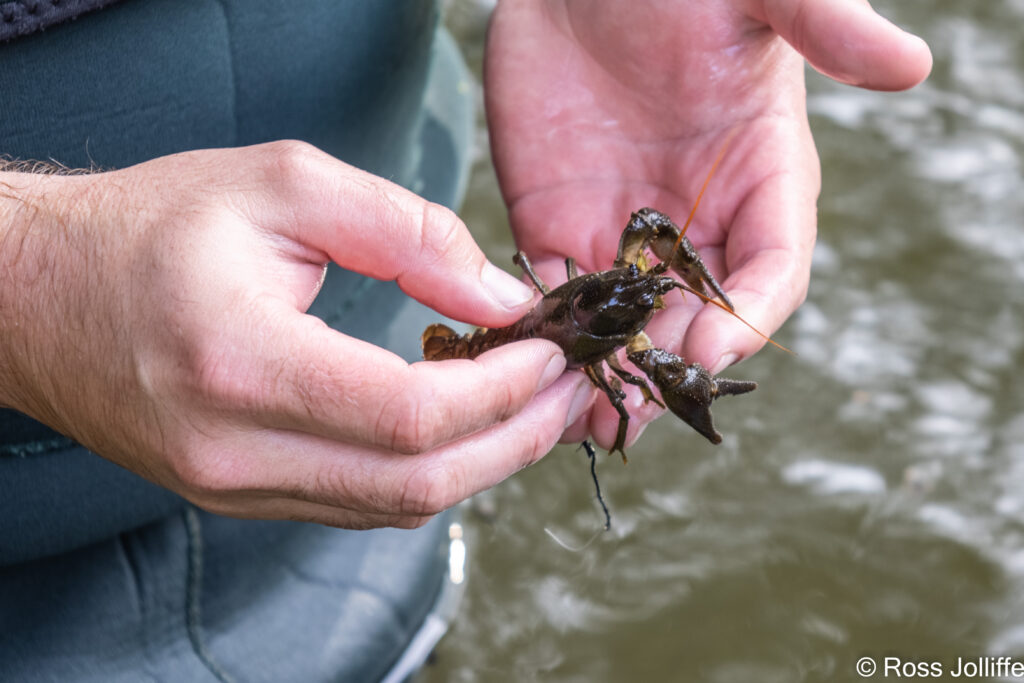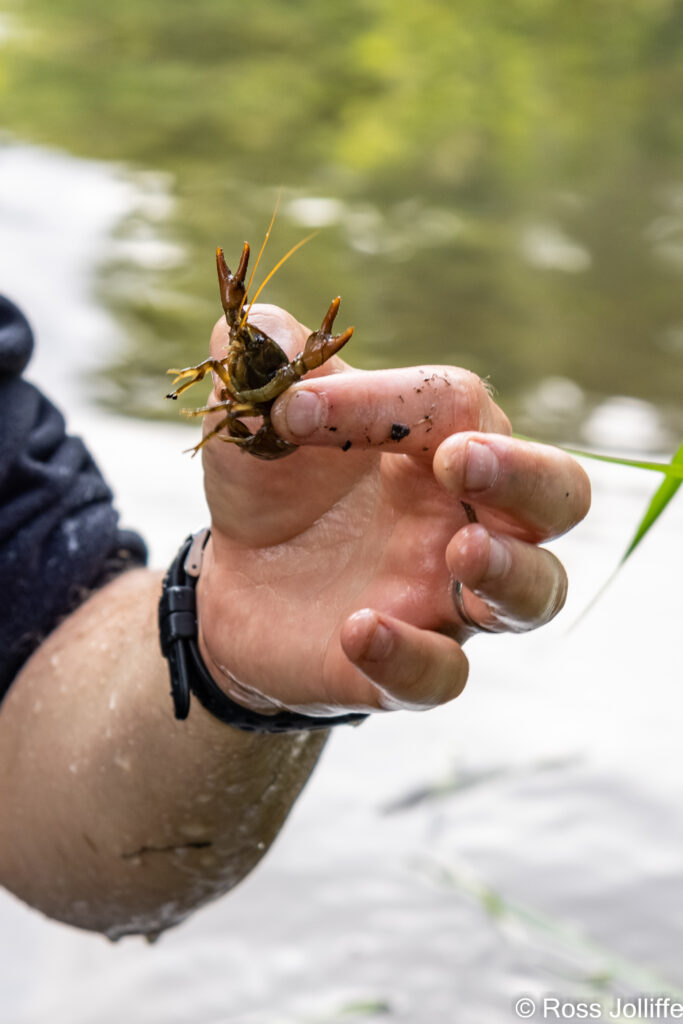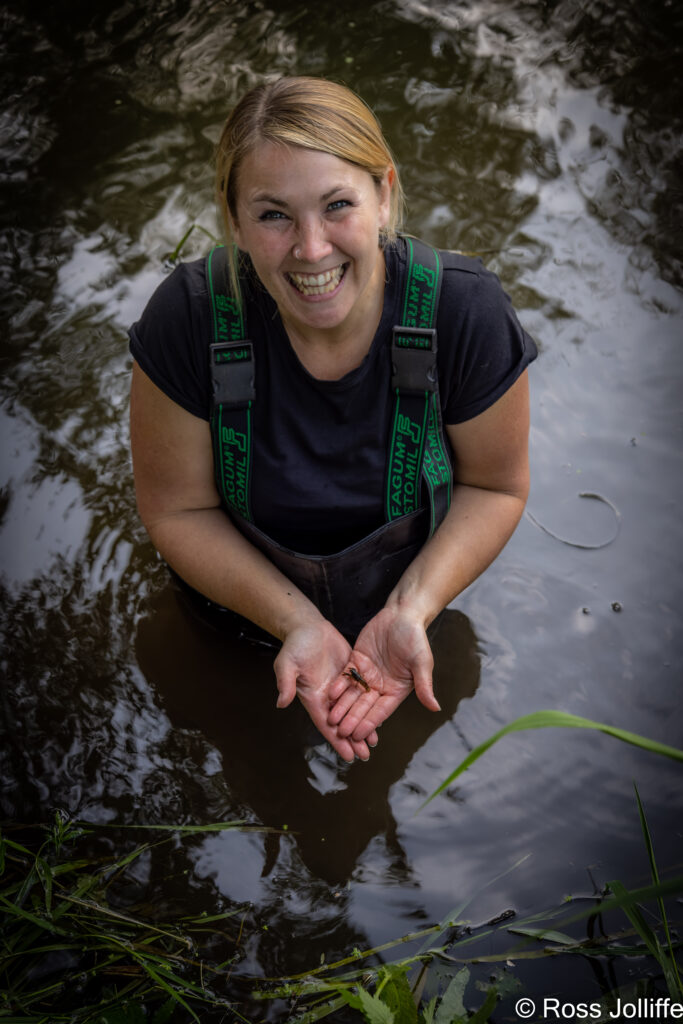Norfolk Crayfish Group plea
Norfolk is one of the few remaining strongholds for our largest aquatic invertebrate, the white-clawed crayfish. Forming a major part of the food chain and vital for a healthy functioning ecosystem, this creature was once widespread through our rivers. Sadly, pollution and invasive non-native signal crayfish have almost entirely wiped out this native species.
In recent times, surveys have revealed that the River Tas is one of a few rivers that are still home to the white-clawed crayfish. Although this is hugely encouraging, these native crayfish remain highly vulnerable. Therefore, it is vital that special care is taken to ensure that water quality is maintained for the survival of this remaining population.
Farming: We are asking all landowners, farmers, developers and residents to take extra care around the Tas, including its tributaries and ditches. White-clawed crayfish are very sensitive to pesticides, in particular, flea and tick treatments from dogs, horses, cows and sheep. Therefore, keeping livestock and dogs out of the watercourse is crucial. Furthermore, surface run-off from fields and farm gateways containing sediment and pollutants (such as pesticides and phosphate) can also result in the rapid extermination of a crayfish population.
If you’re a farmer in the Tas river catchment, you could benefit from free farm advice and grant funding for diffuse pollution mitigation with Norfolk Rivers Trust’s Water Sensitive Farm initiative. Contact NRT’s Zac Battams on 01263711299, or visit norfolkriverstrust.org/our-work/water-sensitive-farming to find out more.
Septic tanks: Leaks from septic tanks and misconnected drains and grey water can also impact crayfish and other species. Please ensure you maintain your septic tank by getting it checked and emptied on a regular basis.
Developers: Run-off from housing developments can flow into road drains, which often directly connect to a watercourse. If you are building in the Tas catchment, please ensure that you follow Pollution Prevention Guidelines strictly.
Human Health: There have been a number of reports of grey water and sickness after swimming at Shotesham Ford. We are currently looking into testing the water to help identify the cause. If you notice pollution running into the stream, or notice grey water flowing into ditches, drains and tributaries, please do not hesitate to contact the Environment Agency hotline on 0800 80 70 60.
The Future: Norfolk Crayfish Group are working with the Zoological Society of East Anglia to breed native crayfish at Banham Zoo to restock rivers where possible. We’re also working with the Environment Agency and Internal Drainage Boards to continue research, enhance habitat, and investigate pollution events across the Tas catchment.
Please pass on this article to anyone you think might be interested, and spread the good news about our native crayfish in Norfolk.
Ursula Juta
Norfolk Rivers Trust
Info@norfolkriverstrust.org


